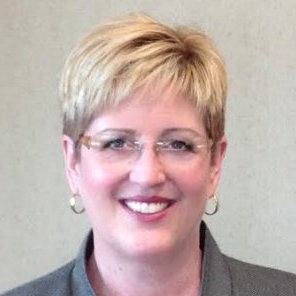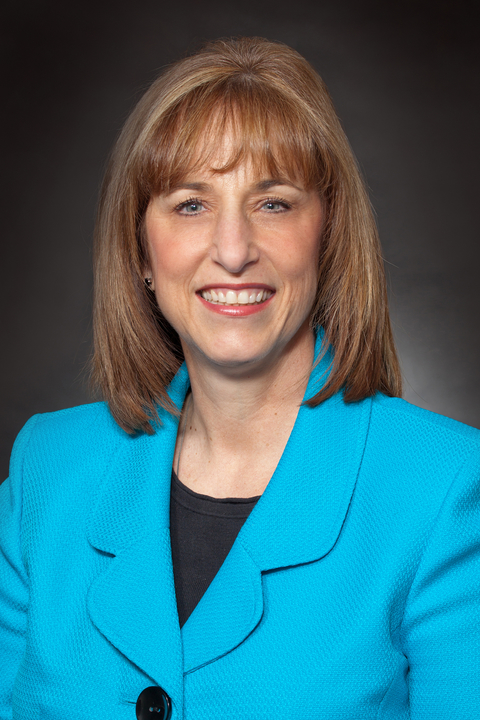What was once an anomaly is fast becoming the standard. More and more health insurers representing all sizes, geographic regions and niche offerings have expanded their benefits to cover telehealth services. In fact, the largest plans—Aetna, Anthem, Cigna, Humana, UnitedHealthcare and most BlueCross BlueShield state affiliates—operate robust telemedicine operations of their own.
So do the big integrated networks such as Kaiser Permanente, Geisinger, Cleveland Clinic and UPMC Health Plan. FierceHealthcare reached out to leaders at three healthcare organizations to find out how they're leveraging the technology.

Telehealth "makes patients happy and keeps costs down."
“Health plans are looking at telemedicine as a lower-cost source of care that really gets the individual to the right care at the right time,” says Melinda Schriver, senior director of telehealth strategic solutions at Pennsylvania-based UPMC Health Plan.
“It diverts patients from urgent care and the emergency room to the right setting, which makes patients happy and keeps costs down.”
Telemedicine has the advantage of offering a new service with little increase in administrative cost or overhead for health plans.
“Virtual visits are fully integrated with benefit plans administered by UnitedHealthcare,” says Karen Scott, the payer’s director of product and innovation.
“Because we include virtual visits as part of our network offering, there are no added administrative fees each time a virtual visit resolves a medical need.”
RELATED: Large providers push the boundaries of telemedicine
Most of the time, the telemedicine visits resolve the medical issue. At UPMC Health Plan, 90% of issues are fully resolved during the AnywhereCare visit, with just 10% getting a referral to an emergency department, urgent care center or primary care physician for in-person assessment.
Schriver attributed the high rate of resolution to the combination of savvy patients and appropriate telemedicine providers. UPMC’s integrated provider/plan structure helps, too.
“About 95% of our calls are from members and we have their records. They are being seen by ER doctors and they do a good job of self-selecting what conditions would be appropriate for telemedicine visits,” she says.

"These are not unneeded or generated visits, but appropriate uses."
While some critics of telemedicine have suggested that the service might simply increase healthcare utilization, health plan executives say that hasn’t been the case.
“About 60% of telemedicine visits result in a prescription being issued, which indicates that these are not unneeded or generated visits, but appropriate uses,” says Louise Edwards, senior manager for planning and business development at Bon Secours Health Systems, which launched its Bon Secours Value Network in January. Value Network offers a self-insured plan to Virginia businesses with 10 to 100 employees.
All that said, telemedicine still needs a boost to achieve the numbers most health plans would like to see. UPMC’s on-demand version of AnywhereCare launched in November 2016. By May 31, the service had completed more than 3,500 visits.
RELATED: Small physician practices embrace telemedicine
“Our understanding is that we have far higher numbers of these visits than other similar systems. It’s a very good start, but our goals are much higher than this. We’d like to get to 1,000 visits per month, as we estimate that 20% of our current visits could be done by telemedicine,” Schriver says.
UnitedHealthcare has seen “increasing momentum in use of our virtual visits benefit,” Scott says, but the company “continues to help educate consumers about the availability of video visits, which are still in the early adoption phase in the market.”

Telehealth improves "health outcomes through early prevention and treatment."
Kaiser Permanente, on the other hand, has found that its members have quickly embraced alternative methods of connecting and communicating with their providers.
“Kaiser Permanente members annually have more than 100 million encounters with company physicians and 52% of those encounters are now virtual,” says Angie Stevens, executive director of telehealth IT for Kaiser Permanente. The organization counts secure messaging, telephone and patient portals as well as real-time video visits as virtual encounters.
“We expect virtual encounters within our organization to continue to grow as it helps us see our members more quickly, reduce wait times, avoid unnecessary secondary specialty appointments, and improve health outcomes through early prevention and treatment,” Stevens adds.
As health plans are working to increase consumer use of telemedicine, they are looking to expand its applications and their networks. Kaiser, for instance, has found that using clinical grade devices to remotely monitor patients significantly reduces the number of in-person visits required for management of hypertension, diabetes and other common conditions.

"An extension of the care delivered in their office."
As the cost of quality digital technology drops, the health plan is working toward providing remote exams.
Already, rooms at Kaiser's new San Diego medical center allow patients to have virtual visits with their clinicians from their beds.
Scott says UnitedHealthcare’s growing number of network physicians have begun to offer “phone or video visits as an extension of the care delivered in their office."
It's another convenient and easy way for someone with a chronic condition or ongoing health issue to stay connected to their personal doctor for check-ins and follow-up care, "without having to take the time to go into the office for each visit,” she says.